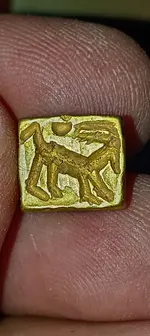M. A. Nazario
Jr. Member
- Jun 13, 2021
- 21
- 28
- Primary Interest:
- All Treasure Hunting
There has been a long-lasting rumor that Henri Christophe, the former monarch of Haiti in the early 1800s, buried a treasure by his summer retreat in the northeast point of Great Inagua. However, I cannot seem to find any mention of any searches or surveys of the northeast point. I was wondering if any of you knew anything about this particular legend.





